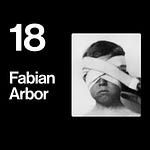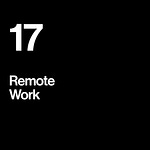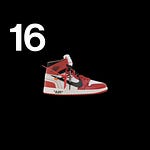Supported by:
Daylight Computer: the healthiest computer
Baked Graphics: amazing 3D video mockups
Framer: the best website builder for designers
ProtoPie: the best hi-fidelity interface prototyping tool
Ron Wakkary is a professor of design at Simon Fraser University’s School of Interactive Arts and Technology in Canada. He is also a professor, holding the Chair of Design for More Than Human-Centered Worlds, in the industrial design department at Eindhoven University of Technology in the Netherlands.
Ron is the founder of the design research studio Everyday Design Studio (EDS). At EDS, he works with Will Odom and an evolving cast of students to produce multi-disciplinary design research that is highly engaged with the practice and craft of design. For UX designers and industrial designers looking for ideas and inspiration from social sciences, humanities, and philosophy executed in design artifacts, the work from EDS is a fantastic resource.
Ron recently published the book Things We Could Design: For More Than Human-Centered Worlds via MIT Press. The book packages his research focused on “post-humanist design” rather than human-centered design, bringing non-human stakeholders like nature, climate, and biological diversity into the focus of design methodology.
Books Mentioned in the Conversation
The Age of Surveillance Capitalism by Shoshana Zuboff
The Overstory by Richard Powers
The Spell of the Sensuous by David Abram
Things We Could Design by Ron Wakkary
Vibrant Matter by Jane Bennett
What Things Do by Peter-Paul Verbeek














Ron Wakkary: Beyond Human-Centered Design